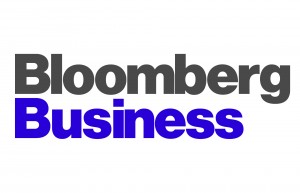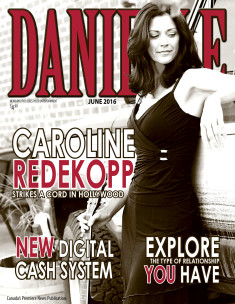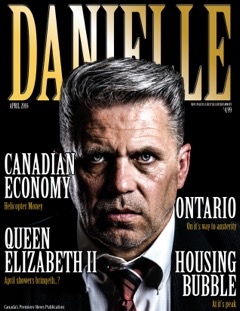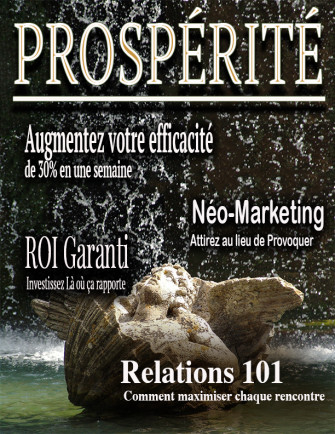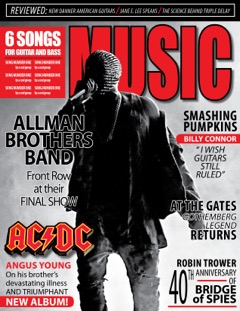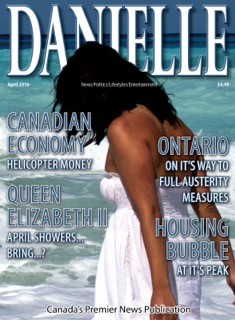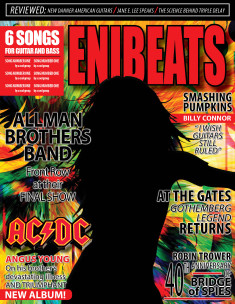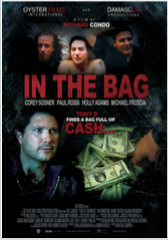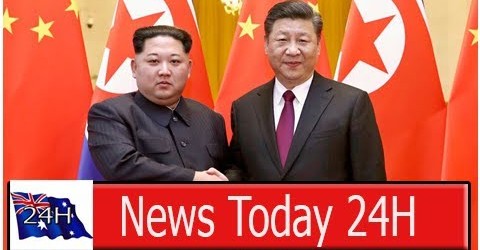If you Google “Trump,” “Nixon” and “China,” you will find billions of pixels devoted to comparing the 37th president’s breakthrough with Beijing to the potential summit between Donald Trump and Kim Jong-Un.
The parallel is understandable. It took a committed anti-communist to open relations with Communist China. Perhaps it will take a president who threatened “fire and fury” to establish ties to the leader he called “little rocket man.” In 1972 when Mao Zedong hosted president Richard Nixon in Beijing, Communist China suffered severe international isolation in much the way North Korea does today. Like Mao, Kim espouses a harsh collectivism that imposes misery, famine and death on his people.
All of that said, Trump’s willingness to meet with North Korea’s dictator is not really comparable to the opening of relations between the U.S. and China. The latter was far more important strategically and economically for both countries. What’s more, the geopolitical conditions that drove China to go to Nixon were entirely different from those today for the grandson of the “Great Leader” in Pyongyang.
Let’s start with China. By 1972, Mao’s China had a rocky relationship with the Soviet Union. Three years earlier, the two powers almost went to war over a dispute about the Zhenbao Island and the Ussuri River on their borders. Former U.S. State Department analyst Helmut Sonnenfeldt told the Association for Diplomatic Studies & Training in a 2000 interview that he believed a U.S.-China thaw “could be of some help in getting the Soviets to play ball on some issues that we were interested in.”
That feeling was mutual. Mao’s China also believed that co-operating with the U.S. in limited areas would be a useful balance for its relationship with the Soviets. As Sonnenfeldt explained, eventually the U.S. was able to get sophisticated technical equipment into China to monitor Soviet compliance with a nuclear test ban treaty.
Kim is facing a very different set of problems today. To start, he presides over a weak country that relies almost exclusively on China for the power and trade that allows his regime to survive. China’s relationship with the Soviet Union during the Nixon years was one of two rival great powers, not the client-state relationship that North Korea has with China. Where Mao was motivated by an opportunity to co-operate against a common adversary by turning a foe to a friend, no such opportunity exists for Kim.
It’s hard to distill Kim’s motivations for these gestures toward U.S. talks, because North Korea is after all the Hermit Kingdom — with no free media and an opaque regime. But there are two leading theories. The first is that Kim is motivated by fear, the second that he is motivated by confidence.
Michael Auslin, a scholar on contemporary Asia at the Hoover Institution, puts it like this: “One theory is that Kim is rattled and scared by the unknown quantity of Trump, and he doesn’t know how far will he go.” This view is bolstered after the implementation of the U.S.-led “maximum pressure” campaign that has targeted North Korea’s hard currency reserves. The breaking point has not yet come, but perhaps Kim can see it coming in the near future. In this sense, Auslin says, Kim is pursuing a summit with Trump to take the pressure off.
Auslin says the second big theory of Kim’s motivation is all about the nuclear weapons Trump is trying to get Kim to relinquish. “Now that Kim has shown he has a ballistic missile and a nuclear capability, he feels he can negotiate from a position of strength,” Auslin told me. This is different from other moments in U.S.-North Korean nuclear diplomacy, he said. In the 1990s, the regime’s nuclear program was still theoretical; it had not yet tested a nuclear device. In the 2000s, the regime had tested a device but didn’t have reliable intercontinental ballistic missiles to reach the U.S. Today, the Kim regime has both of those things and only needs to finish work on miniaturizing a warhead to fit on those missiles. Auslin said it’s possible that Kim believes he can turn a summit that is ostensibly meant to negotiate the terms of his disarmament into a pledge from the U.S. to recognize North Korea as a nuclear-weapons-capable state.
As Trump once said, Kim will keep us in suspense. In the meantime it’s important to understand what the potential summit is and is not. It may present a chance to remove the threat of nuclear missiles aimed at American cities. That’s always a worthy goal.
But there is no chance this summitry will unshackle a great power the way Nixon’s fateful trip to China did in 1972. China remains authoritarian and a danger to its neighbours. But the opening and normalization that began nearly 50 years ago has modernized its economy and lifted hundreds of millions of people out of subsistence poverty. Today China, whether we like it or not, plays an important role in world affairs.
Nothing like that is in the cards for North Korea. After a Trump-Kim summit, North Korea will remain a weak client state. Short of a revolution, its regime will remain a moral stain. And its people will continue to suffer.
